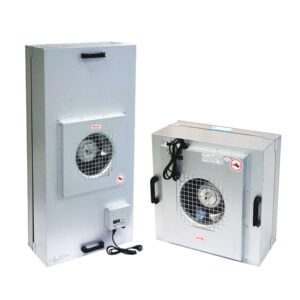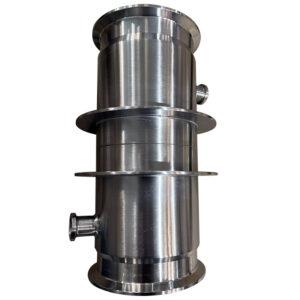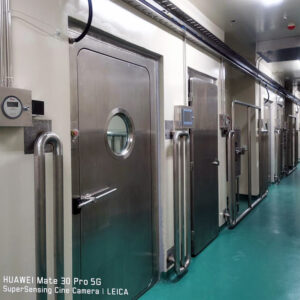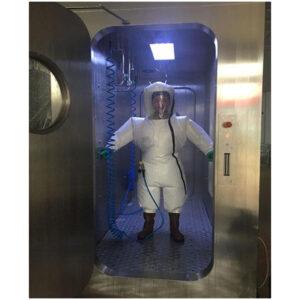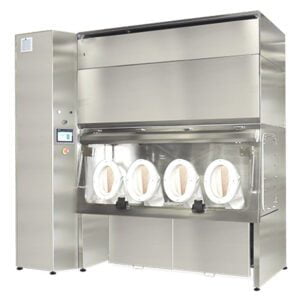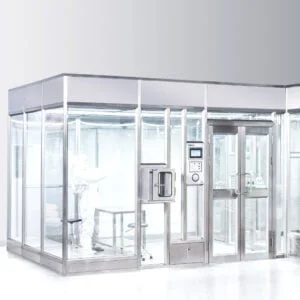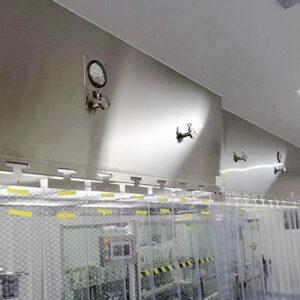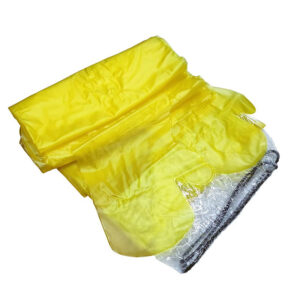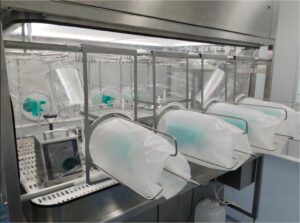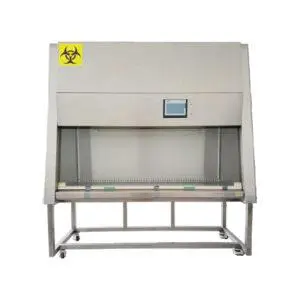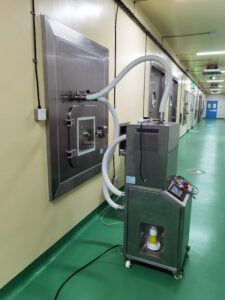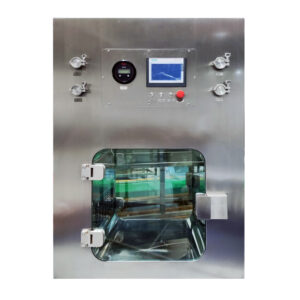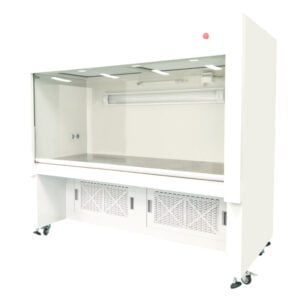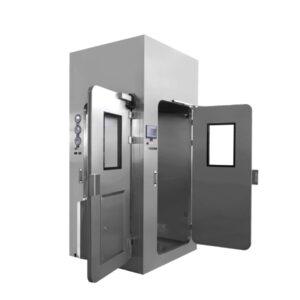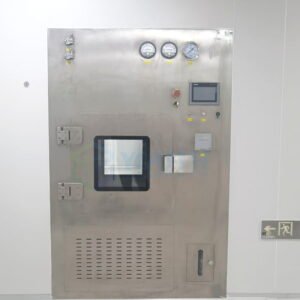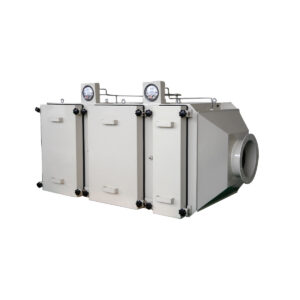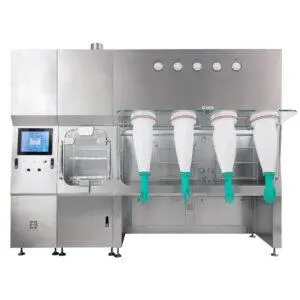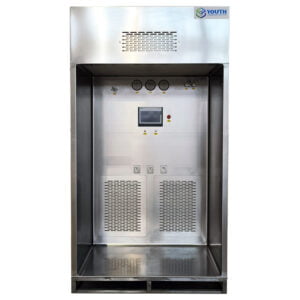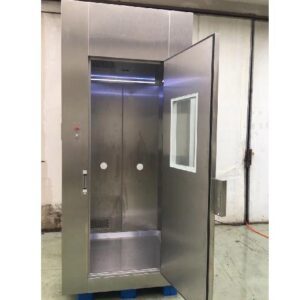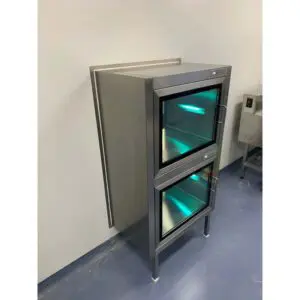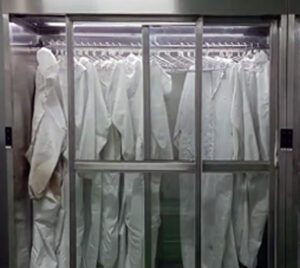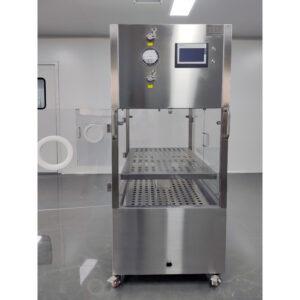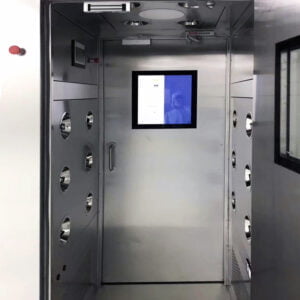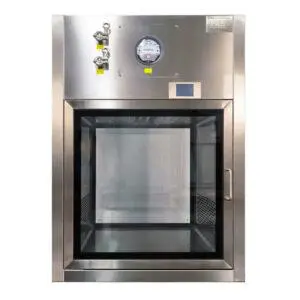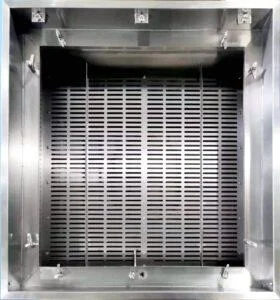The Bag-In-Bag-Out (BIBO) system has become an essential component in a wide range of industries where air purity and contamination control are paramount. This technology, particularly noted for its “bag in bag out filter housing,” has been ingeniously applied in various settings, demonstrating its versatility and effectiveness. This article explores the diverse applications of the BIBO system beyond its traditional usage.
The Core Principle:
At its heart, the BIBO system is a method of replacing air filters that traps contaminants within a bag, thus preventing them from escaping into the environment. This is critical in settings where air quality directly impacts health and safety, product integrity, or environmental standards.
Healthcare Facilities:
In healthcare, BIBO systems are used in various capacities beyond just patient wards. They are pivotal in isolation rooms, laboratories, and anywhere airborne pathogens could pose a significant risk. The technology ensures that filter changes do not compromise the sterile environment necessary in such sensitive areas.
Manufacturing and Engineering:
The guarantees of cleanliness made possible with BIBO systems have been invaluable in manufacturing, particularly in the semiconductor and aerospace industries. Anywhere micro-contaminants can disrupt production or compromise quality, BIBOs come into play, delivering dependability in cleanliness and product quality.
Nuclear and Hazardous Material Handling:
Nuclear energy plants and facilities managing hazardous materials utilize BIBO systems for their unparalleled ability to contain harmful particles during filter exchanges. By ensuring workers are not exposed to dangerous substances, BIBO filter systems are intrinsically linked to occupational safety in these high-risk industries.
Research and Development Laboratories:
Research environments, particularly those involved with biological or chemical substances, rely on the containment capabilities of BIBO systems. The precise control over air quality facilitates groundbreaking research, uninterrupted by concerns over contamination or external pollutants.
Public and High-Traffic Areas:
Even in less obvious venues, like museums and data centers, where the integrity of artifacts or servers is sensitive to particulates, the BIBO’s role is growing in prominence. It provides a controlled environment that preserves valuable items and information integrity over time.
Conclusion:
The bag in bag out filter housing isn’t just a product; it’s a versatile solution foundational to protecting critical operations across industries. As we understand and harness its potential applications, BIBO systems are poised to become even more integrated into our quest for cleaner, safer environments in which to work, heal, and innovate.
Related Contents:
- Bag-In/Bag-Out (BIBO) Systems: Operation and Maintenance Guide
- Understanding YOUTH’s Bag-In-Bag-Out (BIBO) Systems: Ensuring Safety and Clean Air
- The Comprehensive Guide to Bag-in-Bag-Out (BIBO) HEPA Filter Replacement
- The Ultimate Guide to Innovative Bag-In-Bag-Out Technology
- Enhancing Your Facility’s Air Quality with Bag-In-Bag-Out
- The Ultimate Guide to YOUTH’s Bag-In-Bag-Out (BIBO) HEPA Filter Replacement
- Addressing FAQs About Bag-In-Bag-Out Filtration Systems
- The Ultimate Guide to YOUTH’s Bag-In-Bag-Out (BIBO) Systems: Ensuring Safety and Clean Air
- Understanding the Mechanics of Fan Filter Units: A Detailed Guide


